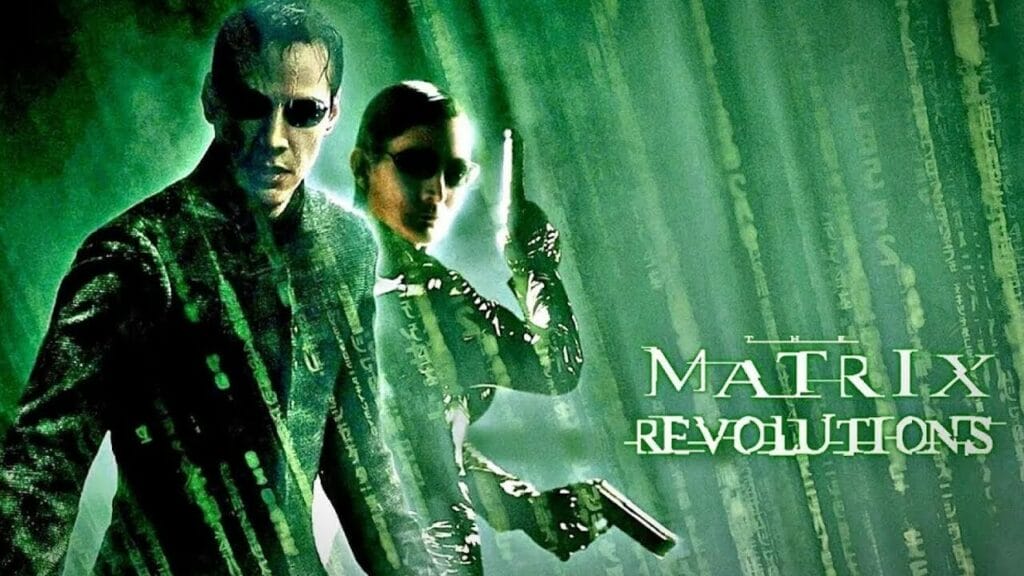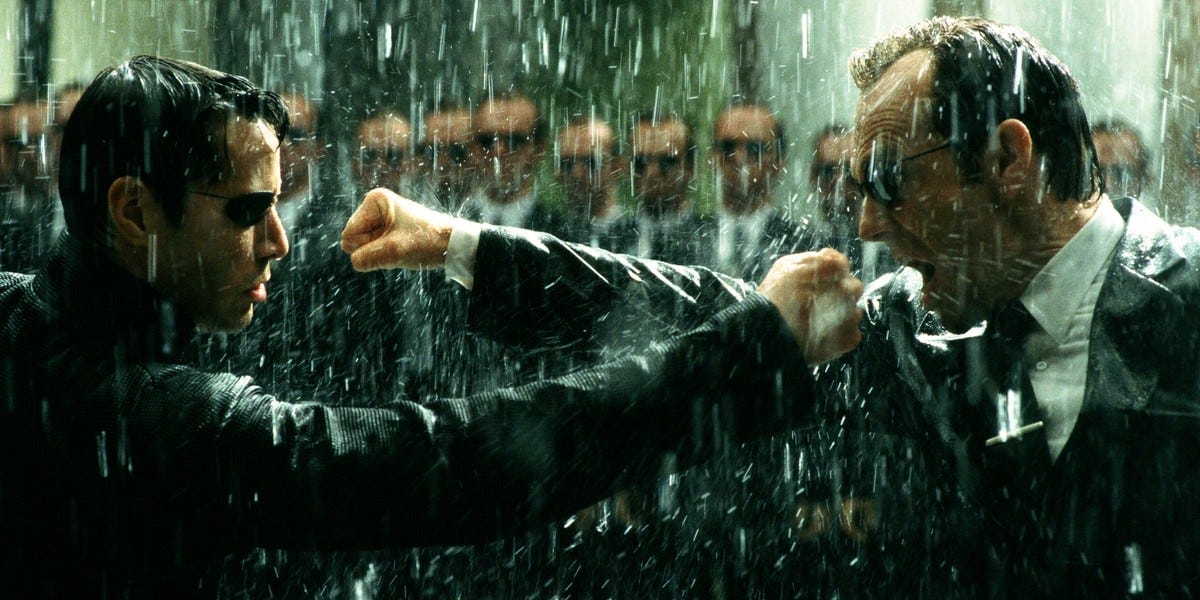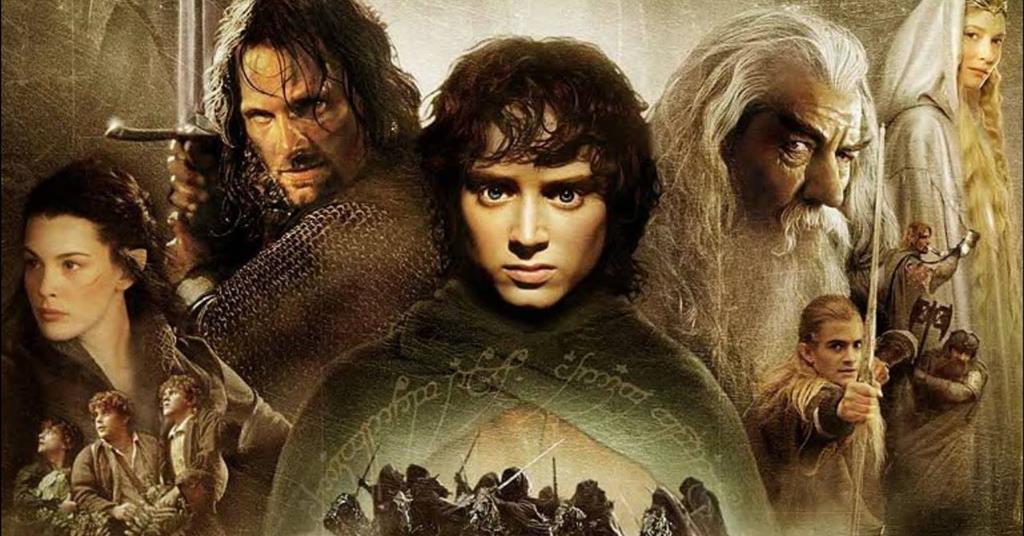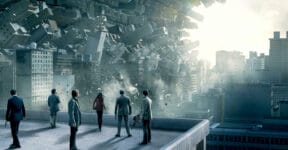The Matrix trilogy, created by the Wachowskis, is a ground-breaking sci-fi saga that explores themes of reality, control, and human potential. The series is known for its philosophical depth, innovative visual effects, and cyberpunk aesthetic. It consists of three films: The Matrix (1999), The Matrix Reloaded (2003), and The Matrix Revolutions (2003).
The Matrix (1999)
Thomas Anderson (Keanu Reeves) is a hacker known as Neo. He feels something is wrong with the world and searches for answers, which leads him to Morpheus (Laurence Fishburne). Morpheus reveals that reality is a simulated construct created by intelligent machines to subdue the human population while their bodies’ energy is harvested. Neo joins the rebellion against the machines, discovering he is “The One” prophesied to end the war.

Key Themes:
- Reality vs. Illusion: The concept of the Matrix as a false reality questions the nature of existence.
- Freedom and Control: The struggle against the oppressive machines reflects broader themes of autonomy and enslavement.
- Identity and Transformation: Neo’s journey from an ordinary individual to a messianic figure highlights themes of self-discovery and potential.
The Matrix Reloaded (2003)
Six months after the events of the first film, Neo, Morpheus, and Trinity (Carrie-Anne Moss) continue their fight against the machines. Neo’s powers grow, and they discover the existence of the Keymaker, who can help them reach the Source of the Matrix. They learn that Zion, the last human city, faces imminent attack by the machines. Neo meets the Architect, the creator of the Matrix, who reveals that the One is part of a cycle of control, intended to reset the system.

Key Themes:
- Predestination vs. Free Will: The revelation of the cyclical nature of the One challenges the idea of true freedom.
- Power and Responsibility: Neo’s increasing abilities come with greater responsibilities and moral dilemmas.
- Systemic Control: The Architect’s explanation underscores the pervasive control mechanisms within the Matrix.
The Matrix Revolutions (2003)
The final battle for humanity’s survival unfolds. Zion prepares to defend itself against a massive machine invasion. Meanwhile, Neo and Trinity venture to the Machine City to negotiate peace. Neo faces Smith, a rogue program threatening both the Matrix and the real world. Neo sacrifices himself to stop Smith, leading to a truce between humans and machines.

Key Themes:
- Sacrifice and Redemption: Neo’s self-sacrifice echoes religious and mythological themes of redemption.
- Unity and Coexistence: The truce suggests a possible new beginning for both humans and machines.
- The End and Rebirth: The conclusion signifies the end of an era and the potential for a new, uncertain future.
Have you Watched The Matrix? What’s your favourite Matrix Film? We’d love to hear from you.
Other things you might want to know:
Why did Matrix 2 and 3 same year?
The 2nd and 3rd films were filmed side by side to make sure it was a trilogy.
Which Matrix was the best?
The First film is the highest rated on Rotten Tomatoes.
Should I watch the Matrix in order?
First Watch the Trilogy and then the recent 2021 sequel: The Matrix Resurrections.
Check out other articles by month:







